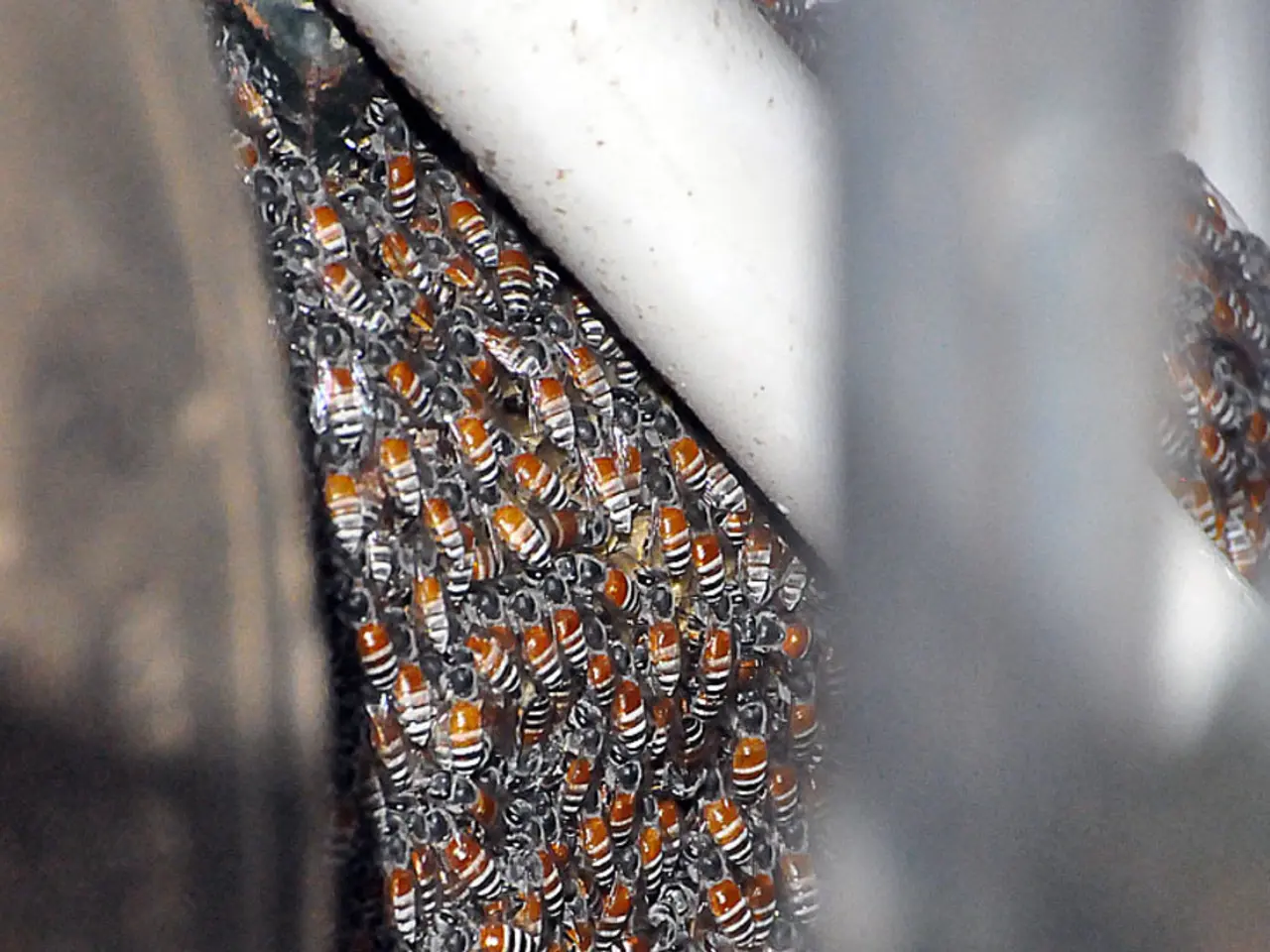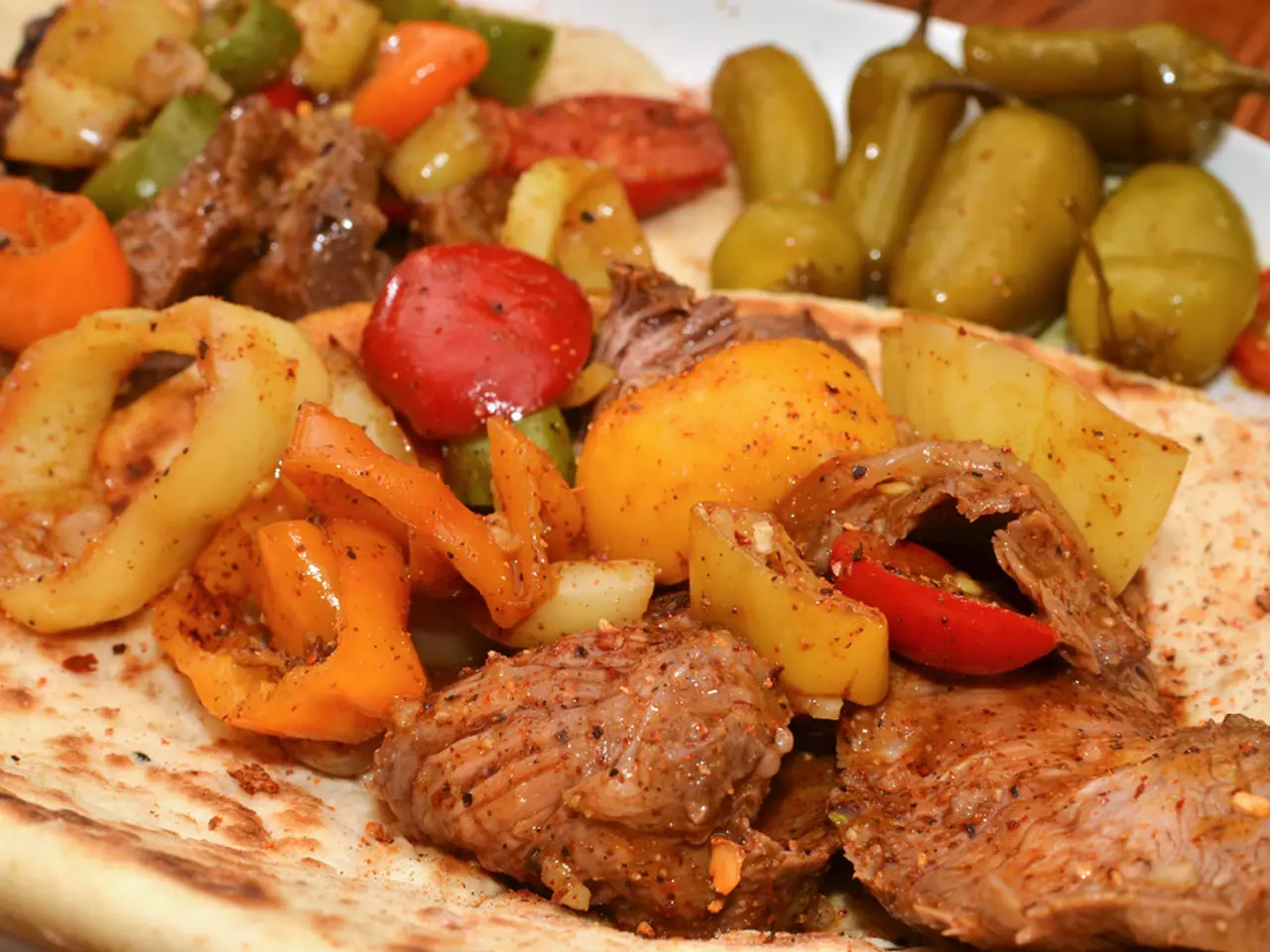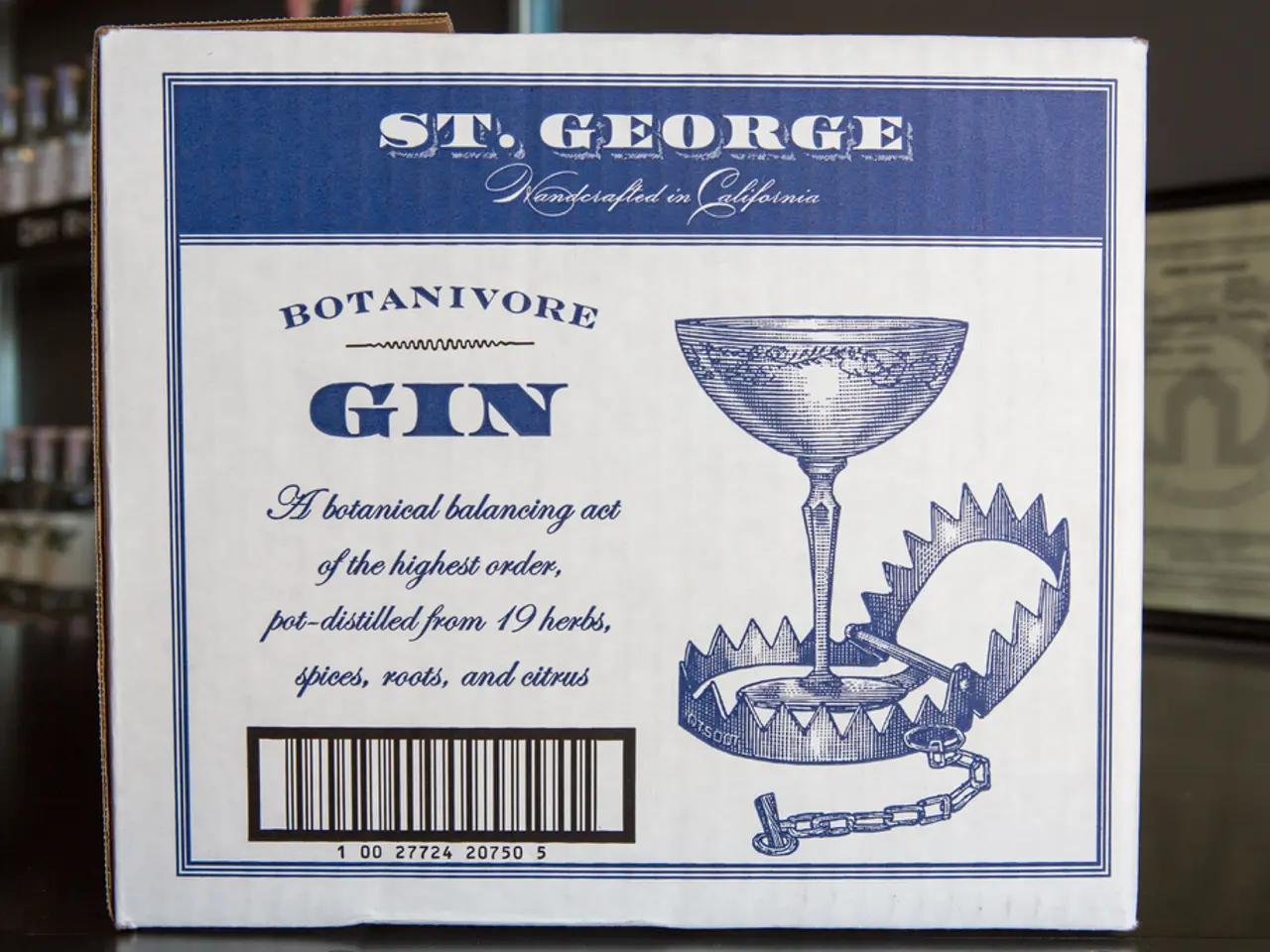Transforming Ambrosia into Nourishment: The Process of MGO Creation in Manuka Honey
Uncovering the Mystery of Manuka Honey: The Magic of MGO
Embrace the delight of Manuka honey, a distinctive type of honey known for its tantalizing taste, captivating golden tint, and a wealth of health benefits. The unique allure of Manuka honey lies in its exceptional component, methylglyoxal (MGO). Let's delve into the intriguing tale of Manuka honey and the enigmatic MGO.
Manuka honey is a treasure from the untamed forests of New Zealand, where Manuka trees bloom in abundance. This tree is the key to Manuka honey's remarkable MGO content.
The Manuka tree's surrounding environment plays a crucial role in the final product. The bees require access to an abundance of Manuka trees for nectar collection. In other words, hive placement is critical. Proper placement involves careful consideration of geographical and botanical factors that can either boost or hinder the honey's quality.
Once the hive is situated, the bees embark on their quest for nectar, flitting amongst Manuka trees and extracting nectar using their elongated, straw-like tongues. The bees store this nectar in the first chamber of their stomach, called the proventriculus. Upon their return to the hive, they pass it along to house bees, marking the beginning of the honey-making process.
The journey continues as house bees transport the honey through the hive, passing it mouth-to-mouth to reduce water levels. This process leaves behind a super-sweet liquid. The water levels are further reduced by depositing the nectar into the honeycomb and fanning it with their wings. Once the water levels dip below 20%, the nectar becomes honey, and bacteria can no longer grow. At this stage, the honey is thick and sugary, and bacterial activity is curtailed due to increased acidity and enzymatic activity.
Now, let's discuss the star of the show, MGO. This compound appears during the transformation process, converting from dihydroxyacetone (DHA), a nutrient found in high concentrations in the nectar of Manuka trees. It's the heightened MGO content that lends Manuka honey its antibacterial superpowers. In fact, Manuka honey has a long-standing role in ancient medicine, contributing to its popularity today.
Factors Affecting MGO Content in Honey
Manuka honey isn't like run-of-the-mill honey. While regular honey contains trace amounts of MGO, Manuka honey often has significantly higher levels. But, these levels can be influenced by a variety of factors, such as location, weather, and Manuka variety.
For example, hives placed near a plethora of flowering plants, including a smattering of Manuka trees, may produce lower MGO honey. However, hives located amid solely Manuka trees will likely yield higher MGO levels.
In our quest to craft outstanding Manuka honey, we prioritize natural processes and ethical beekeeping practices. From carefully selecting hive locations in the remote forests of New Zealand, to harvesting methods that prioritize the bee's survival, our values reflect a commitment to quality. And for those curious about MGO levels, scan the QR code on your jar of honey; this will provide you with a wealth of information about the MGO content in your honey, in addition to details about the beekeeper responsible for your batch.
In the end, MGO is the superhero ingredient that sets Manuka honey apart. Incorporate this delectable treat into a healthy daily routine, be it in a steaming cup of morning tea, a creamy yogurt and berry parfait, or a crispy slice of toast smothered in nut butter. Its beauty lies in its pure, untouched glory!
Citation Information:
- Antibacterial activity of Manuka honey and its components: https://www.sciencedirect.com/science/article/pii/S2213231717302105
- Health Benefits of Manuka Honey as an Essential Constituent for Tissue Regeneration: https://pubmed.ncbi.nlm.nih.gov/32981639/
- How Do Bees Make Honey?: https://www.smithsonianmag.com/science-nature/how-do-bees-make-honey-180969377/
- Honey: its medicinal property and antibacterial activity: https://www.ncbi.nlm.nih.gov/pmc/articles/PMC6803693/
- Factors Affecting the Content of Methylglyoxal (MGO) in Manuka Honey: https://www.ncbi.nlm.nih.gov/pmc/articles/PMC7744994/
- Effect of Manuka Honey on Chronic Wounds and Its Role in Wound Healing: https://www.ncbi.nlm.nih.gov/pmc/articles/PMC6517165/
Incorporating Manuka honey into a wellness lifestyle can contribute to an overall health-and-wellness regime, offering benefits for both physical and mental-health. Its unique MGO content, a key compound derived from nectar collected by bees from Manuka trees, is responsible for its diverse health properties. These properties are supported by numerous scientific studies, such as those on antibacterial activity (Sciencedirect, 2017), tissue regeneration (Pubmed, 2020), and its role in wound healing (Ncbi, 2020).
The global-cuisines scene offers numerous culinary avenues for utilizing Manuka honey. Enhancing regular daily meals, like cooking up a health-conscious breakfast of yogurt, berries, and Manuka honey or a moreish toast with nut butter and Manuka honey, presents an enticing means of reaping its health benefits. For those interested in skin-care, Manuka honey can be utilized in homemade treatments, combining it with ingredients like lemon and lavender for a soothing mask.
In addition to its role in health-and-wellness and skin-care, Manuka honey offers support to nowadays' lifestyle trends, such as mens-health and womens-health. CBD products may also pair well with Manuka honey, especially for those seeking alternative therapies-and-treatments to alleviate pain or stress. Consuming Manuka honey can foster a sense of connection to nature and promote a more sustainable lifestyle, as it is produced ethically in the untamed forests of New Zealand.
Among fitness-and-exercise enthusiasts, incorporating Manuka honey into post-workout recovery routines, alongside suitable hydration using food-and-drink, particularly global cuisines, may assist in speeding up the recovery process. Nutrition, in conjunction with exercise, forms the cornerstone of a complete health-and-wellness approach. Balanced meals, including a variety of fruits, vegetables, proteins, and health-supporting supplements, can complement Manuka honey's positive effects on overall health.
Ultimately, the power of Manuka honey lies in its ability to enrich daily life through various avenues, lending a touch of well-being to both nutrition and self-care rituals. Unraveling the enigma of Manuka honey continues to captivate scientists, beekeepers, and consumers alike, further cementing its stature as a versatile and sought-after remedy in modern society.







